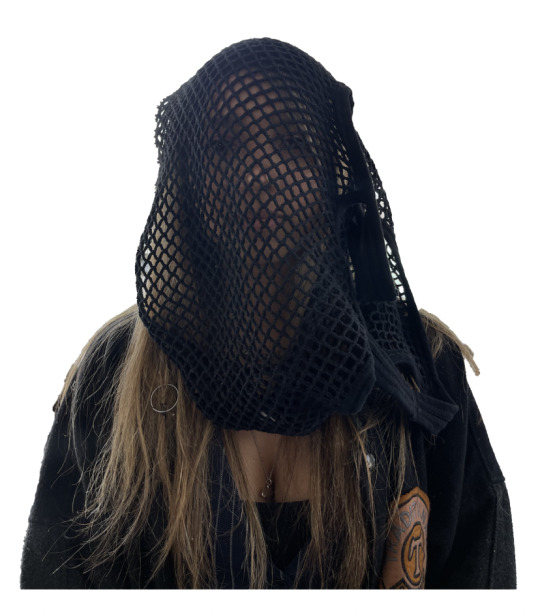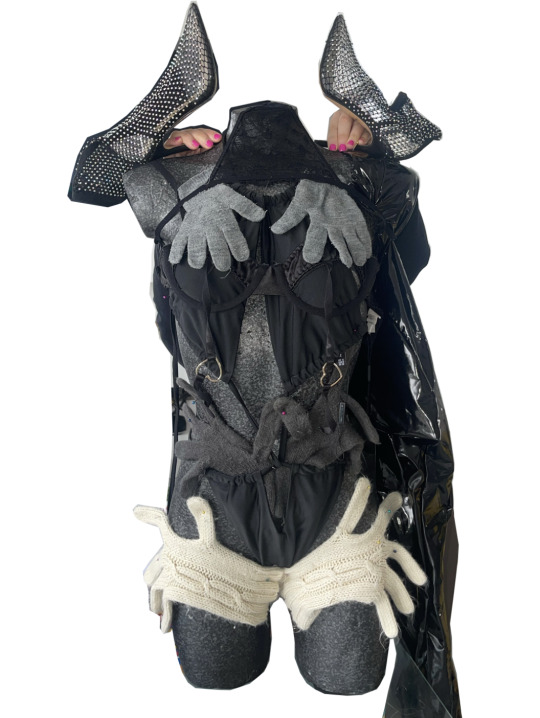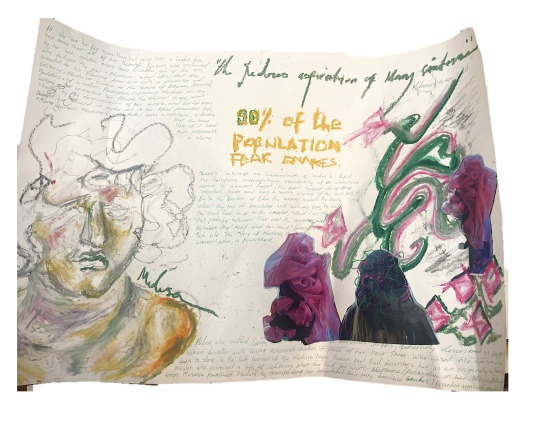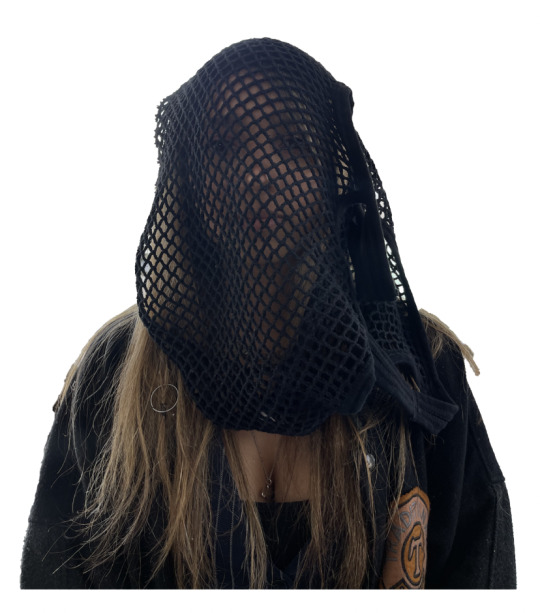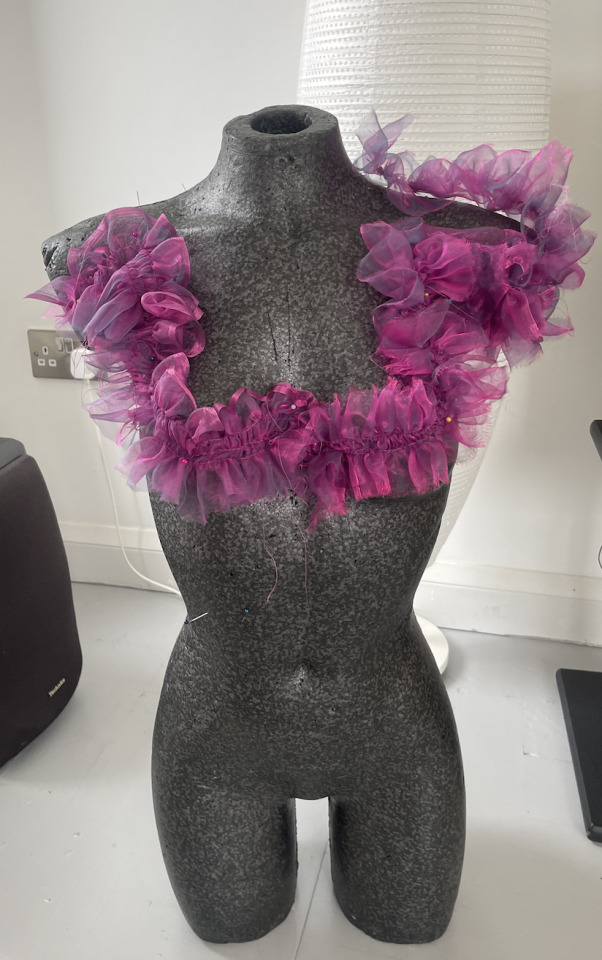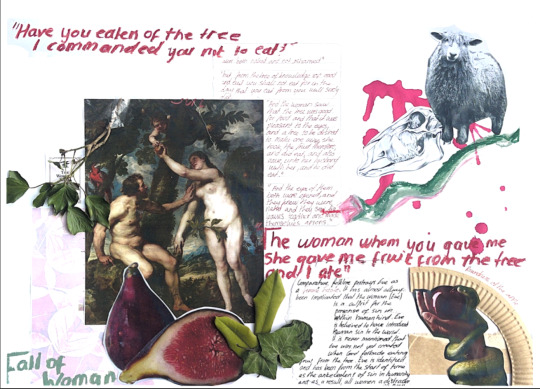Text
The blonde bombshell is one of the most notable and consistently popular female character types in cinema, with Hollywood replacing the previous femme fatale domineering female character in the late 1940s through the early 1960s. Association of a blonde bombshell includes youth, hyper sexuality, curves, hourglass, large breasts, wide hips, sex appeal, larger than life personality, and the dumb, naive stereotypes relating to blondes in general.
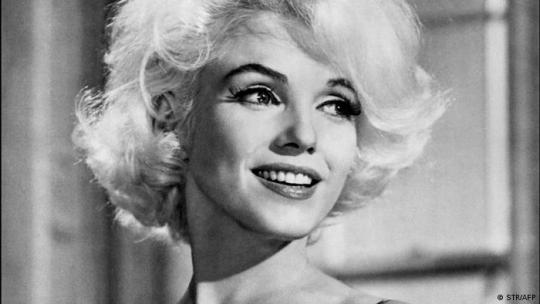
The first woman phrased as a blonde bombshell was Jean Harlow in her film, Platinium Blonde (1931). Two years later she starred in the film Bombshell (1933). However, one of the most notable blonde bombshells of all time is, you guessed it, Marilyn Monroe. Us millennials know her for being a blonde bombshell and in particular a sex symbol, yet it is interesting to question whether if she had lived on past her youth would we associate her with such? Would her legacy have lived on as it does now? It is likely she would've been remembered with a botched, plastic surgery face as an older woman rather than her younger days.
“Marilyn understood that a sex symbol's currency lies in her youth, her curves, in the suggestion that a sexual encounter lurks around the next corner. Growing old, complete with wrinkles and menopause, is not a chapter in the bombshell handbook.”
https://www.theguardian.com/film/features/featurepages/0,,498050,00.html
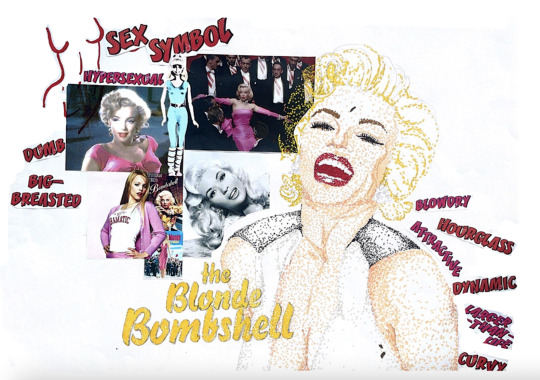
Marilyn is not remembered for the good she did; the instigator of a change of society’s look on women. Her stretch marks, paleness, confidence, carefree persona and her curves were all aspects that society did regard as “sexy” or “the perfect woman” yet she changed that ideology. She is instead remembered for her youth, looks, breathless voice (a strategy to overcome a stutter), raw sexuality, flirtatious personality and wind swept skirt. She was strutinized at the time. As well as her objectification, her failed marriages, miscarriages and abortions, drug abuse, and rumored liaisons with film studio bigwigs, as well as the Kennedy brothers, all aspects regarded to be “bad” for a woman, were used by the media to create this profile of a sex kitten. The roles and branding of a ‘Blonde Bombshell’ reduced her to a two-dimensional character that pandered primarily to male fantasies.
0 notes
Text

A female fatale (”Lethal Woman”) is one of the earliest forms of feminine archetype of literature and art. She is a stock character of a mysterious, beautiful, glamorous and seductive nature who charms her lovers/ victims, often leading them into deadly traps, or morally/financially compromising situations. Her ability to enchant, entice and hypnotise her victim gives her a seductress relation in pop culture. Femmes fatales are typically villainous, or at least morally ambiguous, and always associated with a sense of mystification, and unease. A femme fatale tries to achieve her hidden purpose by using feminine wiles such as beauty, glamour, charm, or sexual allure. In many cases, her attitude towards sexuality is lackadaisical, intriguing, or frivolous. In cinema, she may use lies and coercion instead of sex. Female fatales are stereotypically, and almost satiristically, portrayed to wear fitted clothing (using their feminine bodies to seduce) such as cocktail dresses and evening gowns, fitted suits, skirts and dresses, styles with furs, veils, lace and killer heels - “dressed to kill”. These are typically in dark colours or reds/ pinks to elaborate the sexual coercion. They also tend to have exaggerated proportions such as large breasts, big lips and wide hips to enhance an element of feminine seduction.Femmes fatales are typically villainous, or at least morally ambiguous, and always associated with a sense of mystification, and unease. Some common examples include Eve, Lilith, Medusa, Circe, Sirens, Julia from 1984 by George Orwell, Disney villanelles and Blanche Dubois. The femme fatale character soared in popularity in the Early 20th century, in particular in cinema and comic books, until it was somewhat replaced by the Blonde Bombshell in the late 1940s to 1950s.
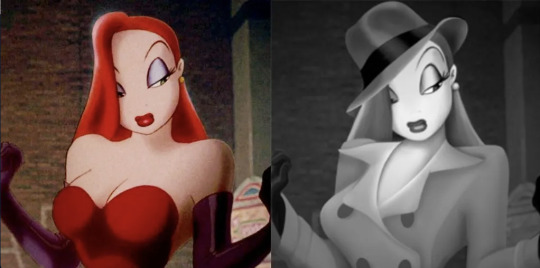
4 notes
·
View notes
Text
Both were tempted. Both gave into temptation. Both indulged. The wisdom of knowing good and evil that they hoped to discover turned out to be a gift of shame and separation. After being directly question by God, in Adam’s response came the next consequence of human sin. Blame.

Faced with his own guilt, comes Adam’s accusation; Adam becomes defensive and looks for someone else to blame. This has been human instinct ever since. In one skillful sentence, he points the finger at both his wife and God: "The woman [blaming her], whom you [blaming God] gave to be with me" did this.” This a teaching to take responsibility for your own actions, yet interpretations ever since have grazed past this teaching in a continuation to point blame at “lustful Eve”.
0 notes
Text
“ a woman should take reasonable steps to ensure that she is not actively enticing a man to sin”
“By the end of Genesis, we see that people wore clothing to differentiate their status. Tamar wore certain clothes to indicate that she was a widow; she put on a prostitute’s clothes when she wanted to trick Judah (Genesis 38). In Deuteronomy, God forbids a woman to wear a man’s clothes, or a man to wear a woman’s clothes (Deuteronomy 22:5). He does so without specifying exactly what sort of clothing that entails, so the principle can apply to differing cultural norms at various times in history. For instance, a garment like a ‘dress’ or ‘skirt’ is not necessarily only a woman’s attire, as robes, kilts, etc., have been worn in various cultures by men as men’s garments. And trousers or slacks are not necessarily only a man’s garment, as various cultures allow both sexes to wear them.3
Paul says, “women should adorn themselves in respectful apparel, with modesty and self-control, not with braided hair and gold or pearls or costly attire, but with what is proper for women who profess godliness—with good works” (1 Timothy 2:9–10).
Peter says about the same thing (specifically about married women): “Do not let your adorning be external—the braiding of hair and the putting on of gold jewelry, or the clothing you wear, but let your adorning be the hidden person of the heart with the imperishable beauty of a gentle and quiet spirit, which in God’s sight is very precious” (1 Peter 3:3–4).
One of the most common reasons for modest dress heard today is that women should not cause men to stumble.makes women responsible for a man’s tendency to lust.”
- https://creation.com/clothes
In the 13th century, Thomas Aquinas claimed that women were defective by nature: "Misbegotten males" born female because of some defect in the active force or maternal disposition, significantly extending the male argument women are a unprincipled and put on this earth as a warning to men. This argument is mainly based off the order in which the male and female were created. Whereas Adam was put on the earth to rule the animal kingdom and guard the garden, Eve was a creation of Adam’s rib, essentially belonging to him and as such, along with Eve being created after Adam, believed to be inferior. Arguably, animals were created before Adam, thus in-essence, continuing with this male understanding of the book of Genesis, Animals should be superior to Adam - yet they are not.
0 notes
Text
“were both naked and were not ashamed”
- (Genesis 2:25)
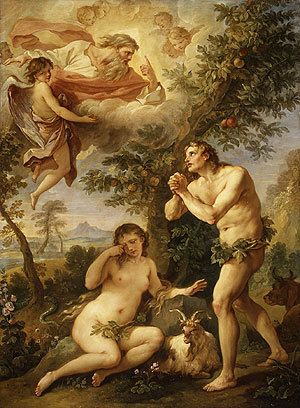
After the pair ate the fruit, a revelation occurred. A change in their thinking - in the way they saw the world - differing from their previous naivity and ‘innocence’. Eve began to question why they were naked and both associated their nakedness with embarrassment. They began to sew aprons of fig leaves to hide their genitals; that is until God granted them clothes after the first sin. Ever since nakedness has been associated with guilt, shame and a fall from grace. God’s subsequent actions confirmed their instinct appropriate by taking care of their inward guilt by slaying a sheep to provide them skins. With this blood was spilled in the creation of the first clothes creating the precedent that sin and outward nakedness is covered by the shedding of blood. Heronafter, animals have been poached by humanity for fur, skin, food and entertainment as a punishment for their endulgment from the tree.This was a merciful provision of protection, as the fallen world would now be hostile to people, and they would need protection from the elements.
0 notes
Text
Comparative folklore depicts Eve as the original femme fatale; a narrative has been crafted portraying woman as the culprit for the presence of sin within mankind, introducing human sin to the world and a distractor of Adam (and therefore all men after). However, it is frequently forgotten that Eve was not present when God forbade eating from the tree. Elizabeth Cady Stanton was an early pioneer of the effort to break down the very much male interpretation of the Bible we have all come to know, and published “The Woman’s Bible” in 1895, challenging the previous interpretations. She advocated the role of religion in the oppression of women in a time that women were not appreciated enough.

She, along with Phyllis Triple in 1970, addressed the fact that the serpent speaks only to Eve and suggested this be because women are naturally more independent than men. Or questioned that perhaps the serpent believed Eve to be the more intelligent of the two with a better understanding of the divine command. This is in contrast to the preconceived Church interpretation that the woman was seen by the serpent to be the morally weaker of the couple and hence believed she’d be foolish, untrustworthy and conniving.
0 notes
Text
Throughout the course of my FMP, I plan to continue researching contextual influences such as the literature and film mentioned above, but also biblical and mythological references such as the story of Genesis, the luring traits given to Medusa and Sirens, and the sexualisation of Aphrodite. I am interested in a vague piece of text I came across about a woman named Lithe whom was in some Jewish religious texts believed to be the first Wife of Adam before she was banished for not being submissive to him and laying beneath him in sex. I am also going to explore the concept of ageing and vanity within femineity, using first hand resources such as family members and family friends ,as well as first-hand accounts of ways in which women attempt to delay the effects of ageing (through plastic surgery).
I have previously explored similar topics as to subjects within my blog. One example including my first project on fashion specialism – Body Shapes. Within this brief, I investigated images of femineity and mockery of such beliefs that we should dress a certain way to look powerful to men. I also explored the concept of worth and age within the second and fourth projects, Question Of Worth and Bad Taste, where I tested an idea of how something old could be made to be beautiful again. Within these projects I scrutinized and evaluated my fabric selections; choices that could be explored in more depth for my FMP.
0 notes
Text
Furthermore, I have come to the realisation that many mythological figures and creature whom trick males are of the female image. For example, Medusa is a Greek mythological gorgon whom bitterly lures men to gaze into her eyes and then turns them to stone. Once a beautiful maiden, She was cursed to a life of her beautiful hair being turned to snakes, as a punishment of breaking celibacy to have sex with Poseidon – (take a guess who wasn’t punished. Poseidon!). While Medusa is usually considered to be ugly since her condemnation, one myth states that it was her great beauty, not her ugliness, that paralyzed all observers. Her "monstrous" form is believed by some scholars to represent a partially-decomposed human skull with teeth beginning to show through the decaying lips.
However, it is interesting that The image of Medusa was thought to be protective. Ancient statuary, bronze shields, and vessels have depictions of Medusa. Famous artists that have been inspired by Medusa and the heroic Perseus story include Leonardo da Vinci, Benvenuto Cellini, Peter Paul Rubens, Gialorenzo Bernini, Pablo Picasso, Auguste Rodin, and Salvador Dali.
Another female master of trickery are the Sirens. In Greek mythology, the sirens were dangerous creatures, who lured nearby sailors with their enchanting music and singing voices to shipwreck on the rocky coast of their island. It is also said that they can even charm the winds. So how can a woman be portrayed by the media to be so frail to die of an “unwashed grape” yet filled with deceit and trickery? Can these two personality traits coexist and give an accurate description of the ‘typical’ woman?
0 notes
Text
The Fall of WOman

For the last two thousand years or so, Eve has represented the fundamental character and identity of all women. Through Eve's words and actions, the true nature of women was revealed; her story tells men what women ‘are really like’.
Eve represents everything about a woman a man should guard against. In both form and symbol, Eve is woman, and because of her, the prevalent belief in the West has been that all women are by nature disobedient, guileless, weak-willed, prone to temptation and evil, disloyal, untrustworthy, deceitful, seductive, and motivated in their thoughts and behaviour purely by self-interest.
No matter what women might achieve in the world, the message of Genesis warns men not to trust them, and women not to trust themselves or each other. Whoever she might be and whatever her accomplishments, no woman can escape being identified with Eve, or being identified as her.
Yet was it or was it not the phallic symbol of the serpent that deceives Eve? Why should women be condemned as seductive and beguiling? Fall of Man? #The belief that men are punished to roam the earth because of Eve. Should the story not be told as The Fall of Woman?


0 notes
Text
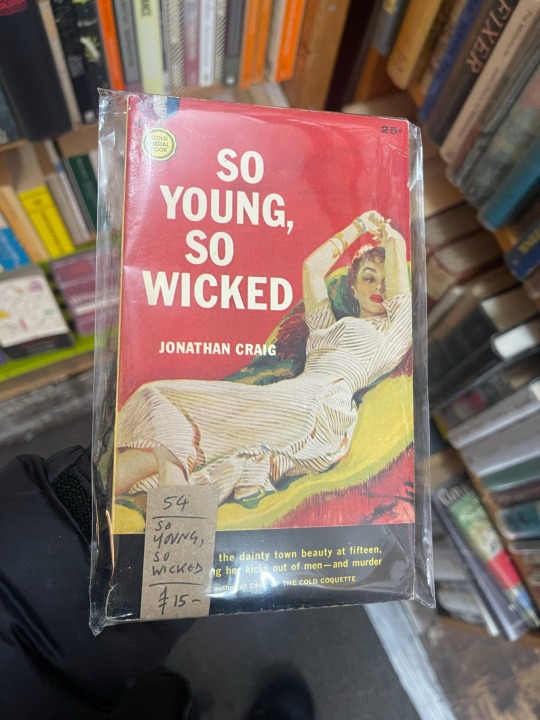
The way in which age and sexuality is portrayed for women in comparison to men is almost mocked by Williams. Stanley rapes Blanche yet shames her for her past. Stanley’s readiness to condemn Blanche’s promiscuity, echoed by Mitch’s disgust, is typical of the era. We may feel we have moved on as a society since 1947, but these gender issues, especially men’s expectations of women, are still very much alive. Yet A Streetcar Named Desire is regarded as a feminist book. The readers are made to sympathize with its female characters and dislike its male characters through use of satire and hypocrisy. The physical abuse Stella, Blanche and Eunice experience by men reminds me of the antique novels I found in a flee market in Brighton, Snooper’s Paradise.
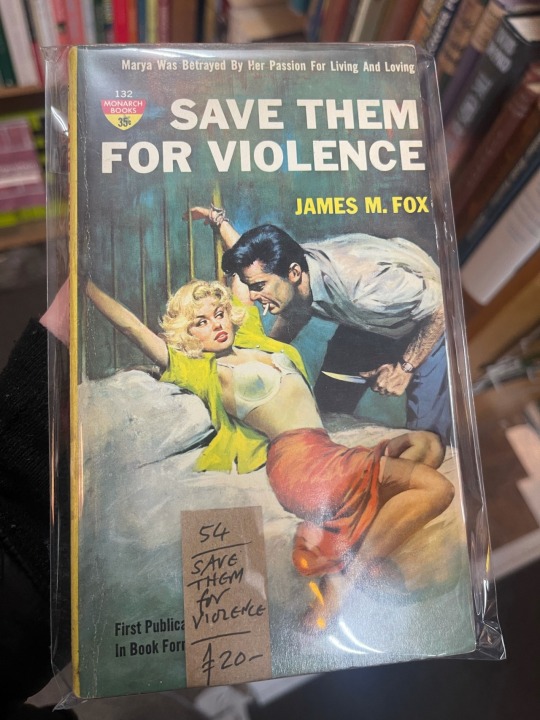
1 note
·
View note
Text
In the play, the motif of light is explored throughout. The protagonist, Blanche Dubois, hides in the shadows so suitors won’t realize her age and dwindling beauty. However, Blanche is hiding more than the lines on her face – burying the shame of her past – her sexual behaviour and her loss of dignity, a prominent subject for the era for which it is based. Blanche avoids appearing in direct, bright light, especially in front of her suitor, Mitch. She also refuses to reveal her age, as it is clear that she avoids light in order to prevent him from seeing the reality of her ‘fading beauty’. She criticizes herself for not being self-sufficient and describes herself as “soft,” claiming that she has to rely on Chinese lanterns and light colours to make herself “shimmer and glow.” The paper lantern (the only light she reveals herself under) in the main set becomes a metaphor for Blanche herself. She blocks the light of the world so she can live on, pretending she’s young, beautiful and desirable, not the person she is in reality. There’s an empathsis on its composition, that being it’s made of paper, to reflect her vulnerability in both her ageing physical and mental states. She’s determined to believe that asserting her sexuality upon younger men will somehow render her immortal, and agelessly beautiful by proxy.
0 notes
Quote
A woman’s charm is 50% illusion
- Blanche Dubois
0 notes
Text
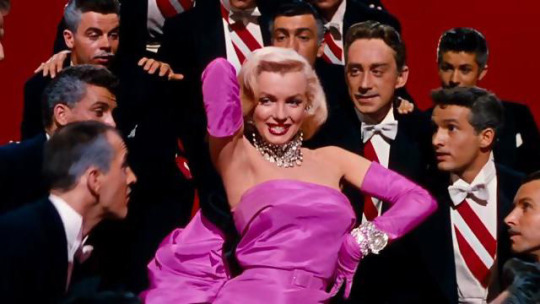

Marilyn Monroe sung “Men grow cold, As girls grow old, And we all lose our charms in the end” in the classic film Gentlemen Prefer Blondes – a feminist musical comedy in which it reflects a progressional change of mind, from the stereotypical portrayal of all women being deceitful, untrustworthy “gold-diggers’ to powerful, fabulous icons. Hidden beneath the lyrics is fear of a society that doesn’t treat girls the same as boys (this is quite explicit in the play). Whilst I tried oysters for the first time in Brighton, someone remarked, “I hope you don’t get a bad oyster!” This then reminded me of the infamous phrase from a play I studied at A-Level, “I shall die off eating an unwashed grape”. From this, as well as Gentlemen Prefer Blondes references, I have also began referring back to an A-Level book I read by playwright Tennessee Williams entitled, ‘A Streetcar Named Desire’.
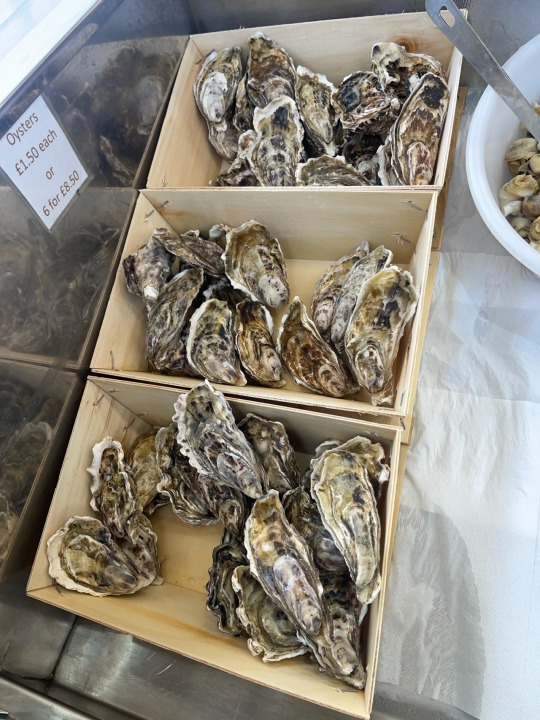


0 notes

